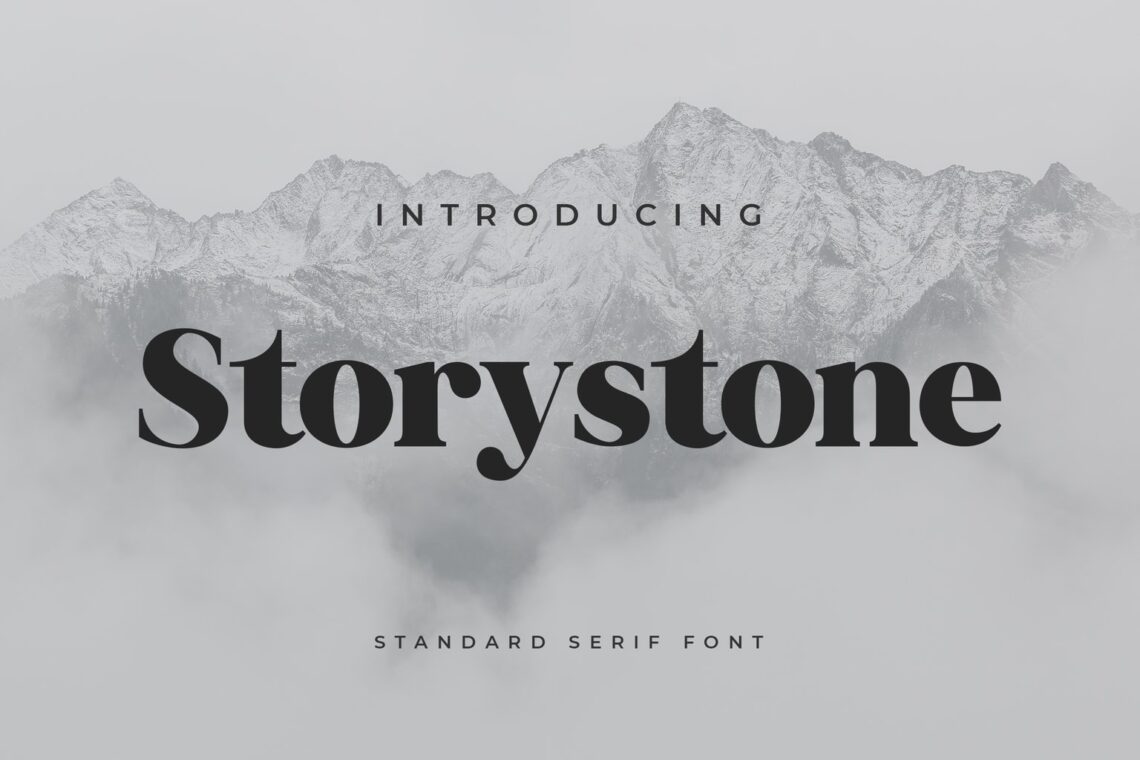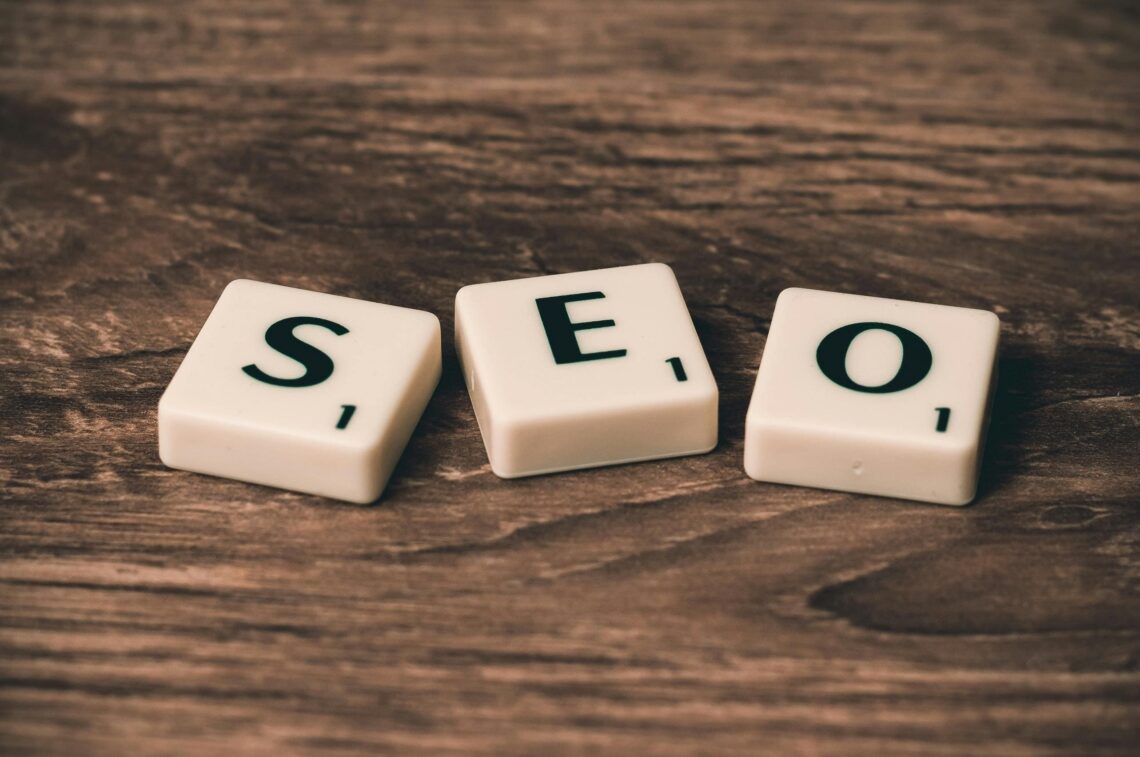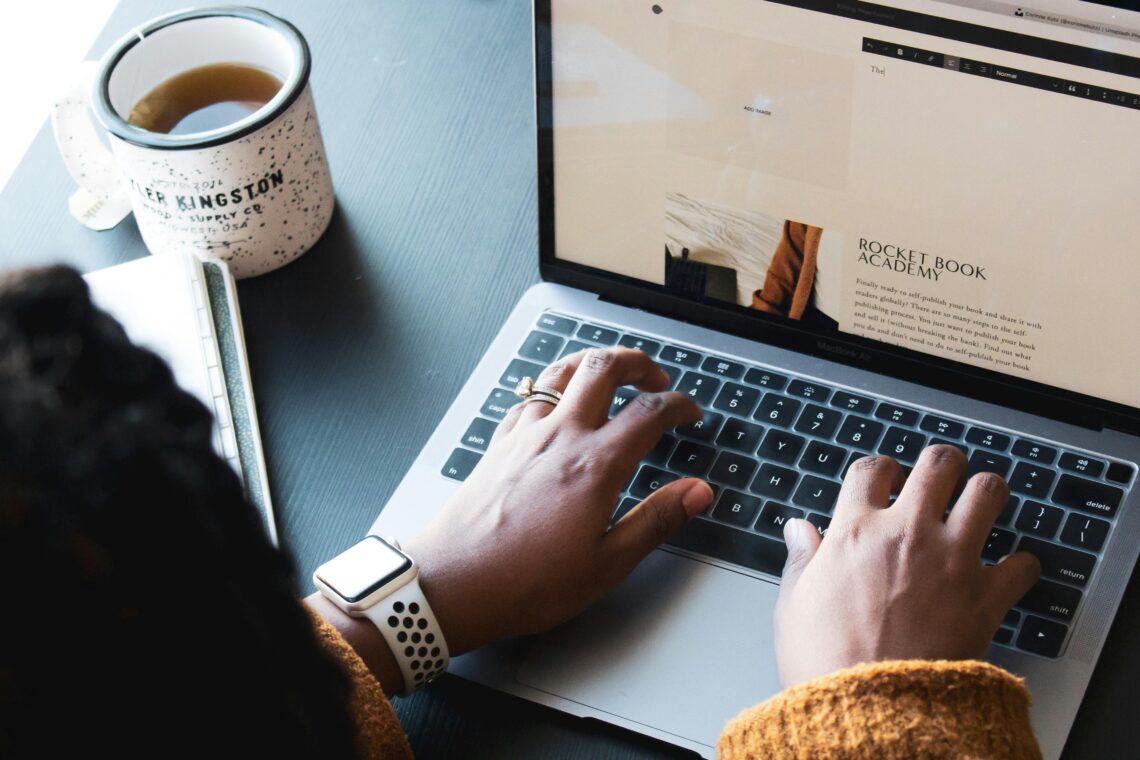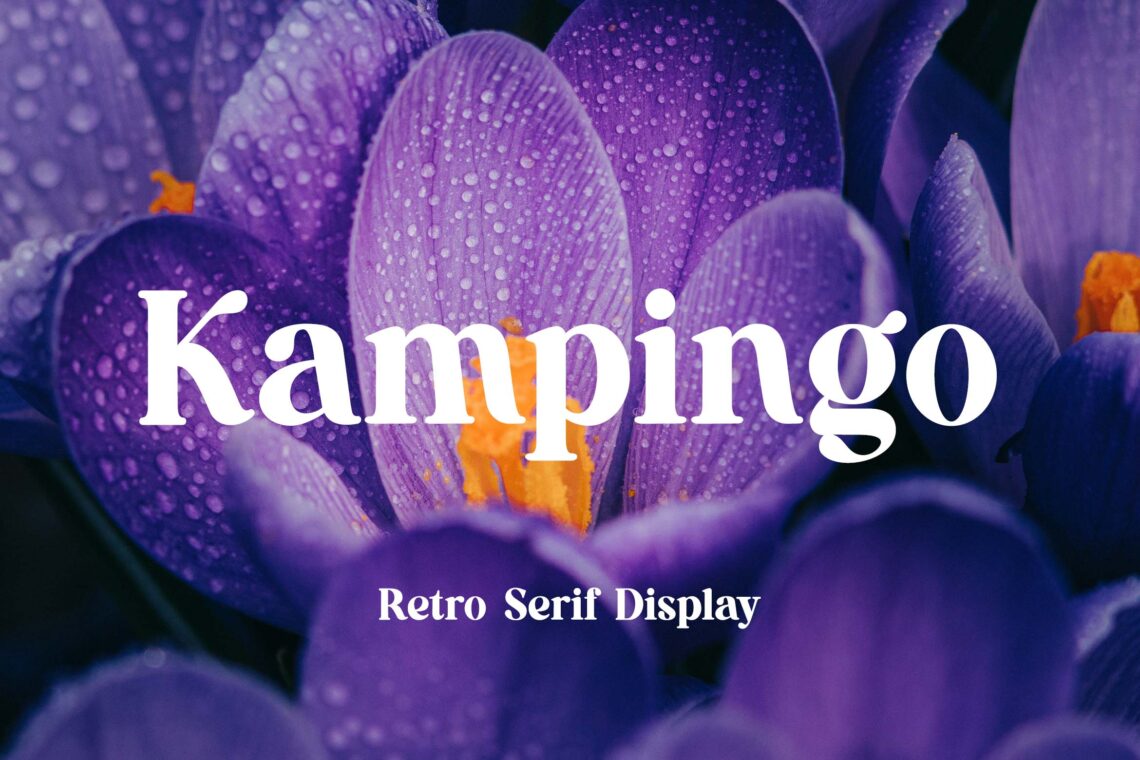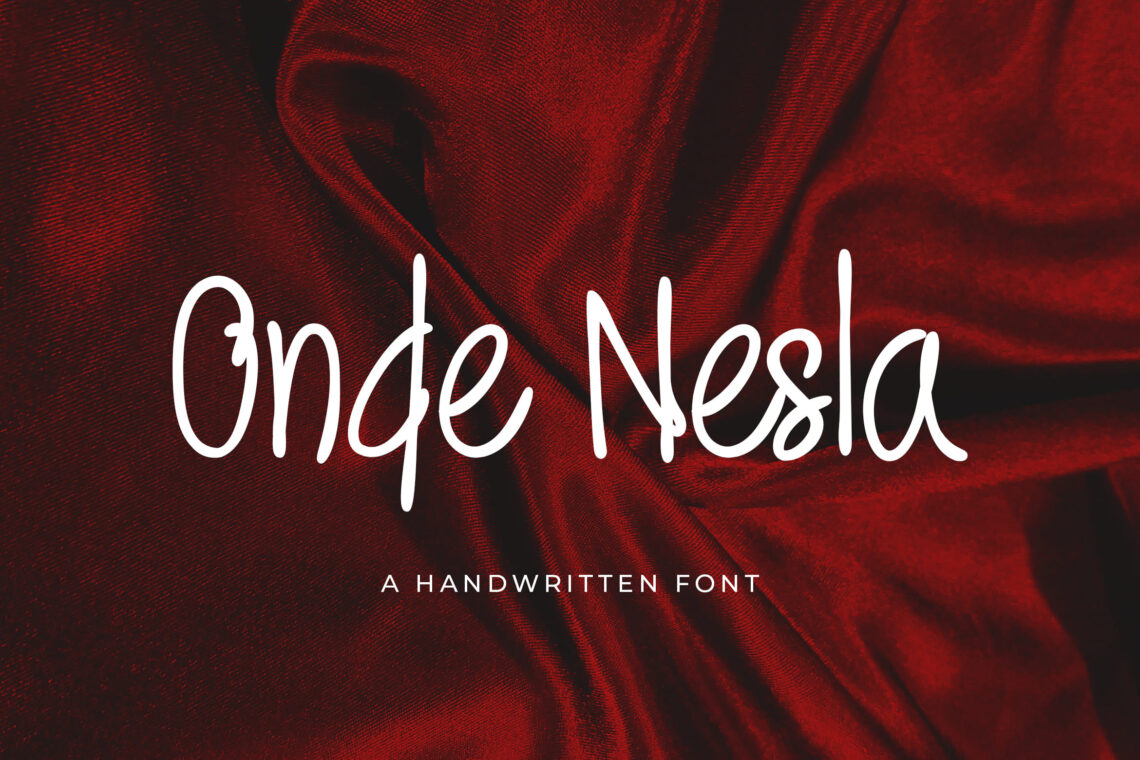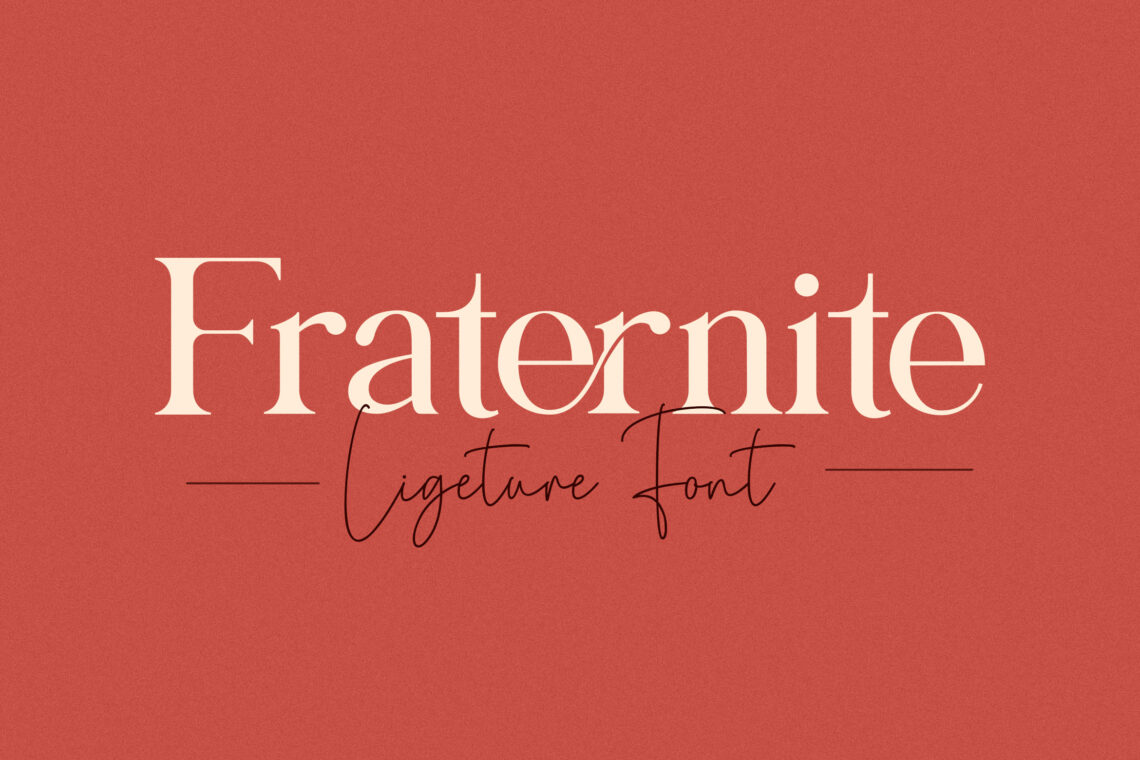
Typography plays a crucial role in visual communication, influencing how messages are perceived and understood. Whether you’re a designer, brand strategist, or content creator, understanding various font styles is essential for making impactful design choices. Here’s a breakdown of some of the most popular font categories to help you navigate the world of typography.
1. Blackletter
Blackletter fonts, also known as Gothic or Old English, are characterized by their intricate, sharp, and decorative strokes. They mimic the handwritten manuscripts of the medieval period, making them perfect for formal or historical designs.
This font style is often used for logos, certificates, or headings that require a touch of tradition and authority. While beautiful, Blackletter fonts are not ideal for body text due to their reduced readability at small sizes.
2. Calligraphy
Calligraphy fonts are inspired by the art of hand lettering with a pen or brush. These fonts convey elegance and artistic flair, often used in wedding invitations, logos, or personal branding.
With fluid, organic strokes, this font style mimics traditional writing techniques, adding a human touch to digital design. They’re best used sparingly and at larger sizes to ensure readability and visual impact.
3. Display
Display fonts are designed for attention-grabbing headlines, titles, and posters. They often feature exaggerated proportions, decorative elements, or unique shapes that make them stand out.
These fonts are not meant for paragraphs or small text but serve as focal points in graphic designs. The display font style allows designers to express creativity and create memorable visuals for campaigns or branding.
4. Grotesk
Grotesk fonts are a type of sans serif font that emerged in the 19th century. They are known for their neutral, utilitarian look with uniform stroke widths and minimal contrast.
This font style works well in both print and digital formats, offering a balance between professionalism and modernity. Grotesk fonts are frequently used in branding, UI design, and signage.
5. Handwriting
Handwriting fonts replicate natural penmanship, offering a casual and personal vibe. Each font is designed to look as though it was written by hand, which adds authenticity to your design.
These fonts are ideal for projects that need to feel warm, friendly, or informal. However, they should be used thoughtfully to maintain clarity and coherence in design.
6. Logo
Logo fonts are carefully crafted for branding and identity purposes. These fonts are either customized or selected based on how well they represent a company’s personality and values.
Choosing the right logo font style is crucial for establishing brand recognition. The font must be distinctive, versatile, and legible across different mediums and sizes.
7. Modern
Modern fonts are clean, minimalistic, and often feature thin serifs or straight lines. They emerged in the late 18th century and are associated with elegance and sophistication.
These fonts are typically used in fashion, tech, and editorial design, where sleekness and style matter. Their structured and polished appearance makes them suitable for high-end branding.
8. Retro
Retro fonts draw inspiration from the past—particularly the 60s, 70s, and 80s—featuring bold colors, curves, and nostalgic elements. They are playful and vibrant, making them great for vintage-themed designs.
When used appropriately, retro fonts can bring a fun, creative, and energetic tone to a project, whether for posters, social media content, or packaging.
9. Sans Serif
Sans serif fonts are clean and straightforward, without the small lines or “feet” at the ends of letters. They are easy to read and work well in digital environments.
This font style is highly versatile and often used in modern websites, mobile apps, and corporate branding. Popular sans serif fonts include Helvetica, Arial, and Open Sans.
10. Script
Script fonts mimic cursive handwriting and are known for their fluid, connected strokes. They can be formal or casual, elegant or whimsical, depending on the design.
Because of their decorative nature, script fonts are typically reserved for invitations, headers, or brand logos. Clarity can be an issue in smaller sizes, so use them wisely.
11. Serif
Serif fonts include small lines at the ends of their letters, providing a classic and traditional look. They are commonly used in books, newspapers, and formal documents due to their readability in print.
This font style conveys professionalism, trust, and reliability. Examples of serif fonts include Times New Roman, Georgia, and Garamond.
12. Slab Serif
Slab serif fonts are a subset of serif fonts with thick, block-like serifs. They often appear bold and strong, making them ideal for headlines or impactful branding.
This style merges the classic feel of serif fonts with the visual strength of bold typography, making it a favorite for advertising, posters, and sports branding.
13. Vintage
Vintage fonts evoke a sense of nostalgia, often incorporating design elements from past decades. These fonts work well for themed events, old-fashioned brands, or retro-style designs.
They may include ornamental details, distressed textures, or aged effects, helping to create a specific mood or era in your design project.
Conclusion
Exploring different font styles allows designers to craft messages that resonate deeply with their audience. Each category—from Blackletter to Vintage—offers its own mood, tone, and visual impact. By understanding these styles, you can choose the perfect typeface for every project and create more compelling, emotionally resonant designs.
You can also check our product!
special restaurant company profile | digital marketing agency company profile | car repair company profile | company brochure | business development service web banner | modern marketing company profile | marketing agency company profile | technology agency company profile | interior design brochure | finance business company profile | bag collection catalog | product design brochure | digital marketing seo brochure | invoice green white theme | modern home design ig carousel | fashion business company profile | employee management admin dashboard | business card founder company profile | digital business company profile | company news business magazine
You can also check our categories product!
company profile print template | web element background | web element admin dashboard | web banner web element | social media | mobile ui kit | handwriting | anual report print template | sans serif font | fonts







